The photo camera’s invention is a fascinating journey through centuries of scientific discovery and artistic innovation. At dfphoto.net, we’re passionate about exploring the rich history of photography, offering insights into its evolution and impact on visual culture. This article explores the inception of the device, the first picture ever taken, and more, providing a comprehensive guide to the history of photography and inspiring visual creativity. Dive in to understand the magic behind those incredible photos and photographic visuals!
1. When Was Photography Actually Invented?
Photography, as we know it, wasn’t invented overnight. It was a gradual process, with key milestones along the way. However, the first photograph was taken in 1826 by French scientist Joseph Nicéphore Niépce. This groundbreaking achievement marked the beginning of photography, revolutionizing how we capture and preserve moments in time. Niépce’s work laid the foundation for future innovations in the field, leading to the development of more sophisticated cameras and techniques.
Niépce exposed a bitumen-coated plate in a camera obscura for several hours, capturing a view of his courtyard. This heliograph, as he called it, wasn’t perfect, but it was a start. It proved that light could be used to create a permanent image. The invention of photography was not an isolated event, but a culmination of centuries of research and experimentation in chemistry and optics. The camera obscura, a device that projects an image onto a surface, was a precursor to the camera and played a crucial role in the development of photography. Early scientists and inventors like Niépce built upon the principles of the camera obscura to develop methods for capturing and fixing images permanently.
2. What Is The History Of Photography Timeline?
Here is a simplified timeline of milestones in photography’s evolution:
| Year | Event |
|---|---|
| 1826 | Niépce creates the first permanent photograph. |
| 1839 | Talbot presents photogenic drawing to the Royal Society. |
| 1851 | Ambrotypes become popular in Europe and the U.S. |
| 1861 | Maxwell demonstrates color photographic image projection. |
| 1878 | Bennett improves gelatin dry plate photography. |
| 1888 | Eastman introduces the Kodak camera. |
| 1895 | Röntgen invents the X-ray photograph. |
| 1922 | The Eastman Theater opens. |
| 1930 | Reliable photoflash light bulbs become available. |
| 1935 | Kodak introduces Kodachrome color photography. |
| 1963 | Polaroid introduces instant color film. |
| 1984 | Canon demonstrates the first digital electronic still camera. |
This timeline is just a glimpse into the extensive history of photography. Each milestone represents significant advancements in technology, technique, and artistic expression. As you explore this timeline, you’ll gain a deeper appreciation for the evolution of photography and the pioneers who shaped its development.
3. What Was The First Photo Ever Taken?
The first photo ever taken was captured by Joseph Nicéphore Niépce in 1826. It’s a view from a window at Le Gras, his family’s estate in France. He used a process called heliography, coating a pewter plate with bitumen of Judea, a light-sensitive substance. This photo, though rudimentary by today’s standards, marked the beginning of photography.
 View from the Window at Le Gras, the world's oldest surviving photograph, taken by Nicéphore Niépce
View from the Window at Le Gras, the world's oldest surviving photograph, taken by Nicéphore Niépce
The process Niépce used to create this historic image was groundbreaking for its time. Bitumen of Judea hardened in proportion to the amount of light that hit it, creating a permanent image. This was a significant departure from earlier attempts to capture images, which were often fleeting or unstable.
4. How Did Early Photography and The Origin Of Copyright Emerge?
The origin of copyright is intertwined with the invention of the printing press. In 1501, Pope Alexander VI issued a Papal Bull against unlicensed printing of books. England followed suit, but it wasn’t until 1710 that the Statute of Anne established copyright, granting authors ownership of their work for a fixed period.
Photography, as a new form of art, also needed protection. The Berne Convention in 1886 focused on authors’ rights, paving the way for copyright laws that included photographs. In the US, the Copyright Act of 1976 protected a photographer’s work from the moment it was created. This was a crucial step in recognizing the value and artistic merit of photographic images.
5. When Was The First Camera Developed?
While the camera obscura existed for centuries, the first device that we recognize as a camera was invented in 1816 by Joseph Nicéphore Niépce. However, it was in 1826 that he managed to take the first photograph with it. His letters detail the invention, as documented in Beaumont Newhall’s “The History of Photography”.
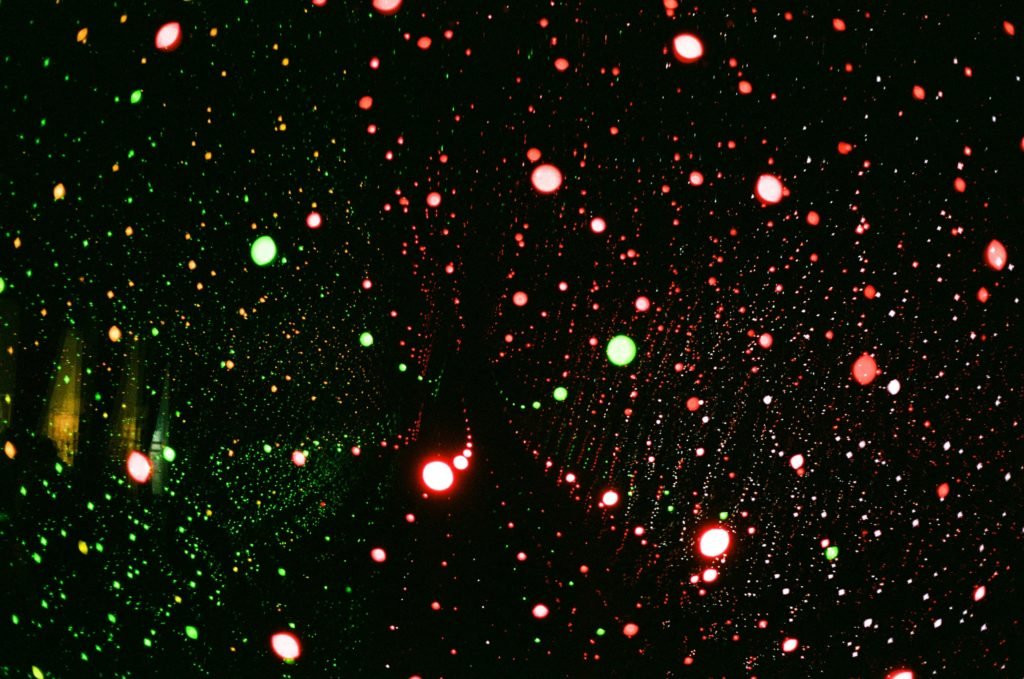 An antique camera, symbolizing the early days of photography
An antique camera, symbolizing the early days of photography
Niépce’s camera was a simple wooden box with a lens. He used it to project an image onto a light-sensitive surface, capturing the view from his home. This marked a significant step forward in the development of photography, paving the way for future innovations in camera technology.
6. Who Is Considered The Maker Of The First Camera?
Johann Zahn designed the first portable camera in 1685, but it was Joseph Nicéphore Niépce who took the first photograph in 1814. Thus, both Johann Zahn and Joseph Nicéphore Niépce share credit for inventing the first camera. Niépce’s photo, however, wasn’t permanent.
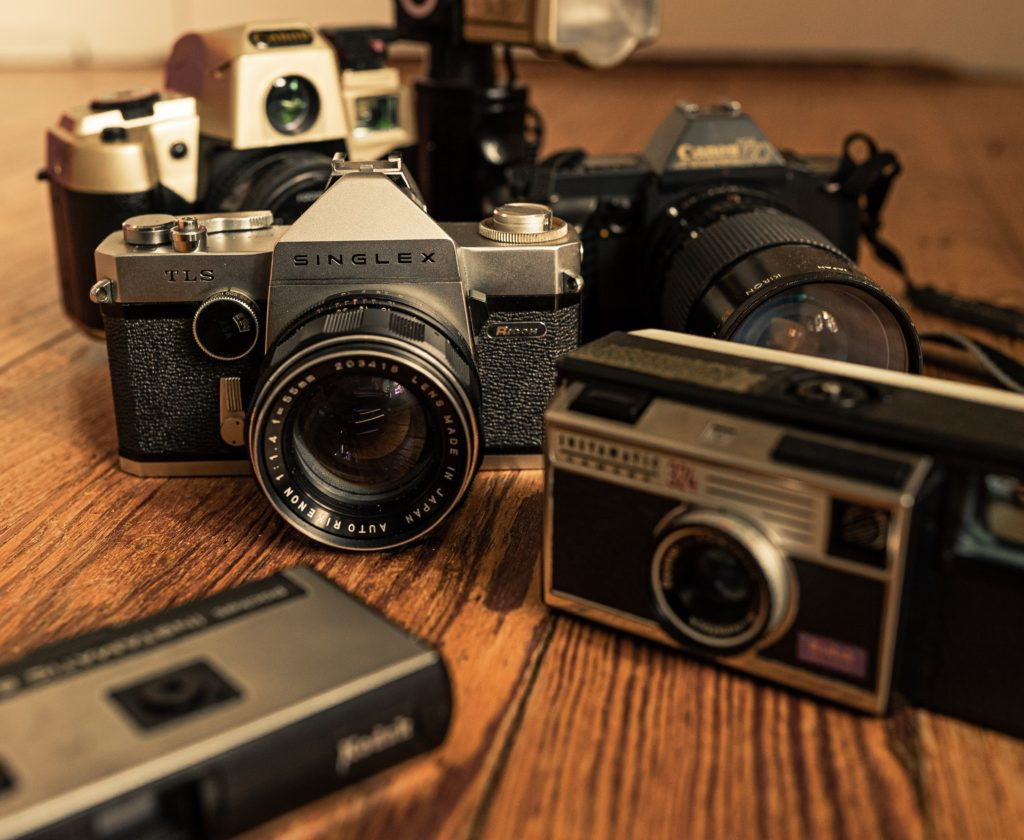 A person using an old camera
A person using an old camera
Zahn’s portable camera design was a significant advancement, making it easier to experiment with capturing images. Niépce built upon this design, combining it with his knowledge of chemistry to create the first photographic image.
7. What Was The Method To Make The First Camera?
Louis Daguerre, an apprentice of architecture and theater design, sought a simple way to create permanent images. He discovered that a thin film of silver iodide applied to a plate, when exposed to light and treated with mercury vapor and heated saltwater, would create a fixed image.
Daguerre’s invention, the Daguerreotype, produced positive images that were technically mirror images of the world. Although early Daguerreotypes required long exposure times, technological advances soon made it possible to use them for family portraits. The French government recognized the significance of Daguerre’s invention and presented it as a “free gift to the world”.
8. When Did The First Glass Negative Emerge?
While Louis Daguerre invented the daguerreotype in 1839, Sir John Herschel created a photographic negative using silver chloride on September 9th of the same year. He also introduced the word “photography” into English.
Herschel’s glass negative was a crucial development, as it allowed for the creation of multiple prints from a single image. This revolutionized the way photographs were reproduced and distributed, making photography more accessible to the masses.
9. What Was Photography Like in The 1890s?
Photography in the 1890s became more accessible to the public. George Eastman introduced flexible roll film and the first Kodak camera, making photography easier and more affordable. Anyone could now be a photographer, capturing moments with a simple press of a button.
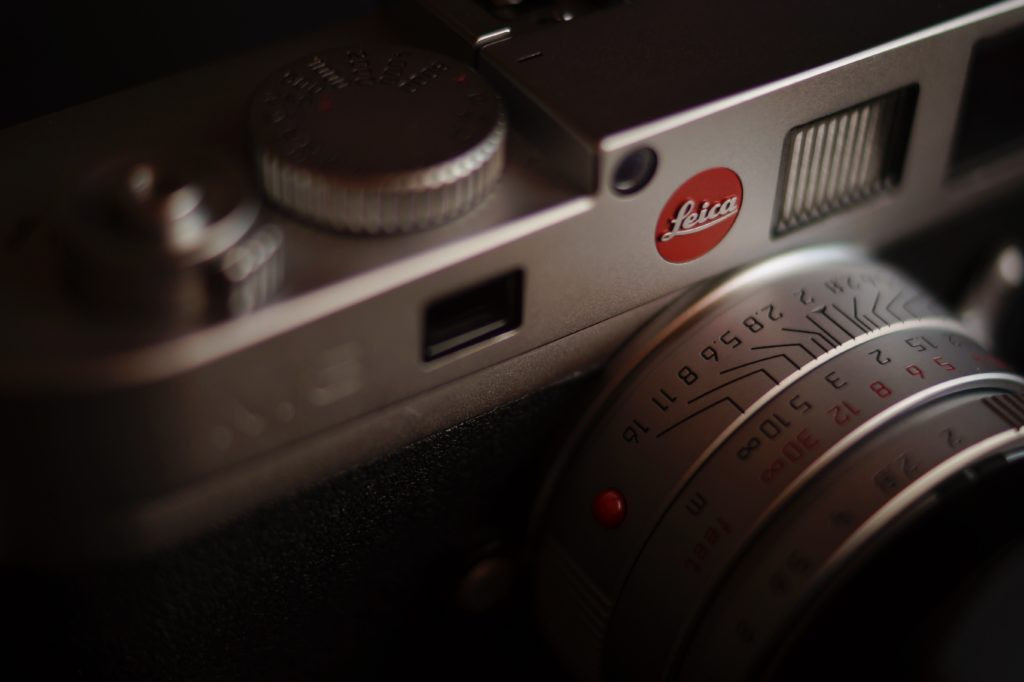 A vintage photograph, reflecting the style and aesthetics of the 1890s
A vintage photograph, reflecting the style and aesthetics of the 1890s
The democratization of photography in the 1890s had a profound impact on society. It allowed people to document their lives, experiences, and perspectives, creating a visual record of the era. This marked a significant shift in the way people interacted with and consumed images.
10. When Was The First Video Camera Developed?
W.K.L. Dickson invented the Kinetograph camera in 1891, which is considered the oldest example of motion picture photography. However, Louis Le Prince’s single-lens camera, made in 1888, created the first and oldest motion video, a two-second silent film called “Roundhay Garden Scene.”
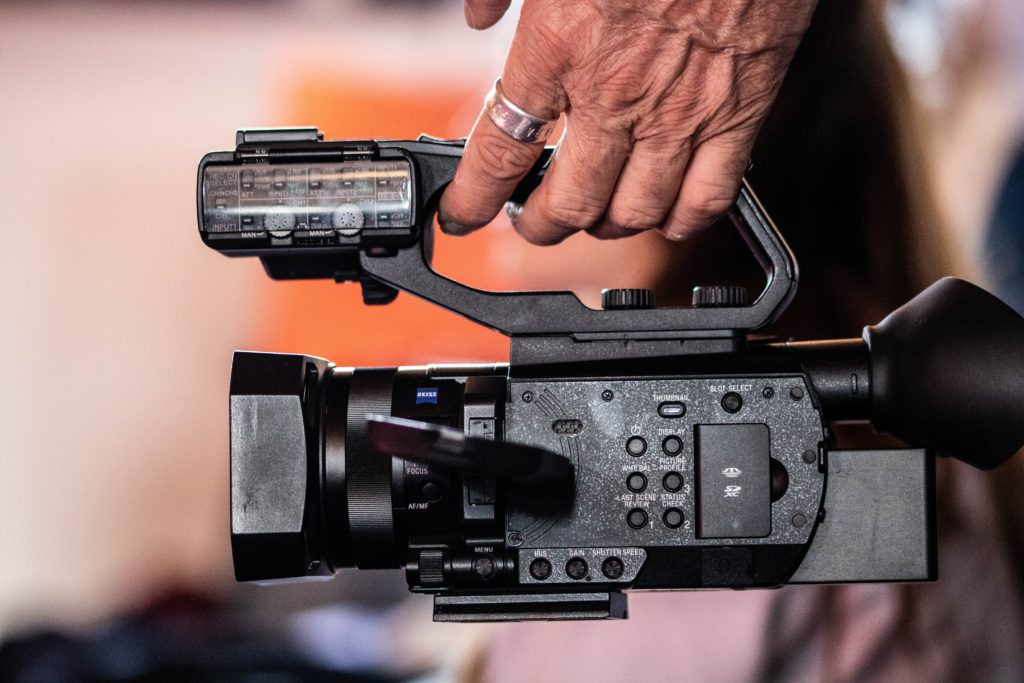 An antique video camera, a relic from the early days of motion picture technology
An antique video camera, a relic from the early days of motion picture technology
The invention of the video camera was a groundbreaking achievement, paving the way for the development of the film and television industries. It allowed people to capture and share moving images, revolutionizing the way we communicate and entertain ourselves.
11. When Was The First Color Film Presented?
“La Can-Can,” released in the late 1920s, is considered the first color movie. The film included color sequences, though it was primarily in black and white. The color sequences were created by tinting parts of the black and white film.
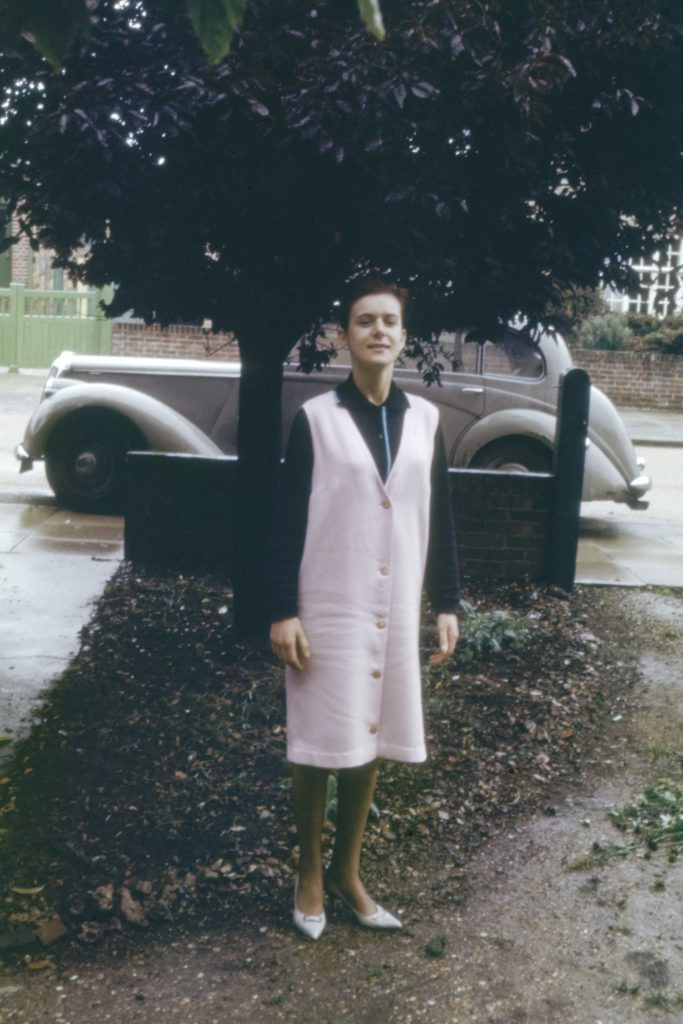 A frame from an early color film, showcasing the vibrant hues and artistry of the era
A frame from an early color film, showcasing the vibrant hues and artistry of the era
The introduction of color film was a significant milestone in the history of cinema. It added a new dimension to storytelling, allowing filmmakers to create more immersive and visually appealing experiences for audiences.
12. When Did Color Photography Become A Reality?
Gabriel Lippmann used his knowledge of physics to create the first color photograph in 1886 without using pigments or dyes. He used interference to explain the propagation of waves.
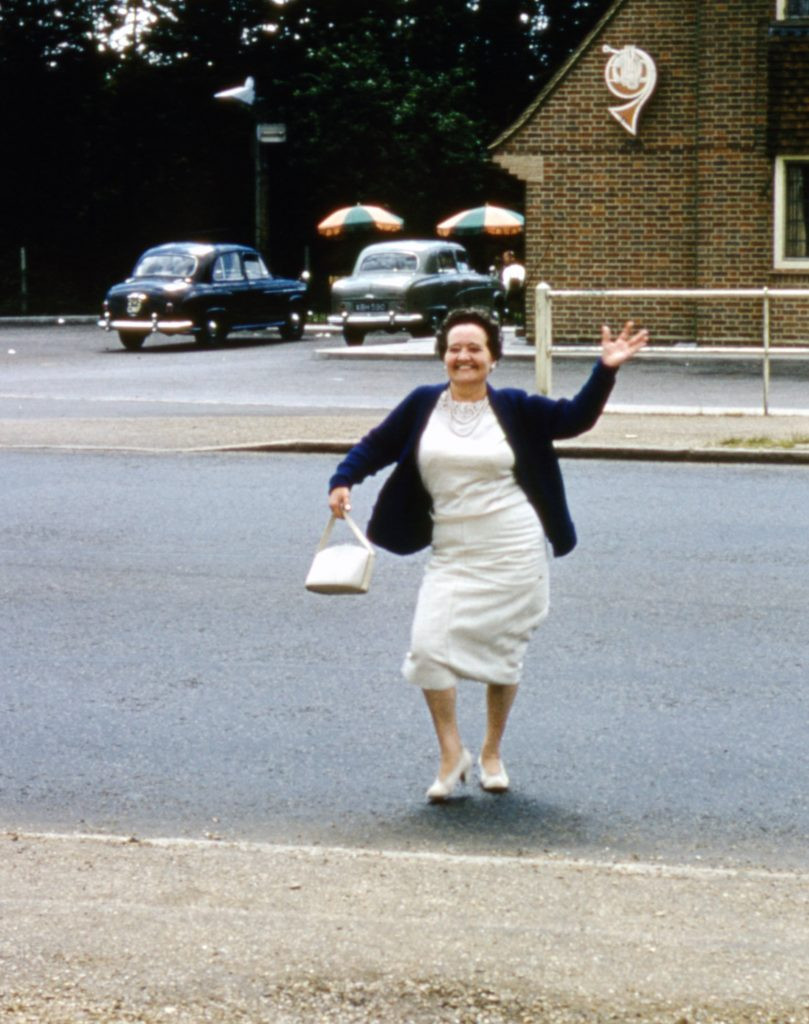 A vibrant color photograph, a testament to the advancements in color photography technology
A vibrant color photograph, a testament to the advancements in color photography technology
Lippmann’s invention of color photography was a remarkable achievement, earning him the Nobel Prize in Physics. His technique paved the way for future advancements in color photography technology, leading to the development of more accessible and user-friendly methods for capturing color images.
13. When Did Digital Photography Start To Emerge?
Eugene F. Lally of NASA’s Jet Propulsion Laboratory developed a process for digitizing light signals in 1961. This was to help astronauts take better images and determine their location in space.
 A digital camera
A digital camera
Lally’s work was a crucial step in the development of digital photography. Although film photography remained dominant for many years, his ideas about using photo sensors instead of film laid the foundation for the invention of the digital camera.
14. Which Cameras Were Most Popular in The 1920s?
Cameras of the 1920s were more compact and travel-friendly. Some popular models included:
- THE VEST POCKET AUTOGRAPHIC KODAK: Small enough to fit in a shirt pocket.
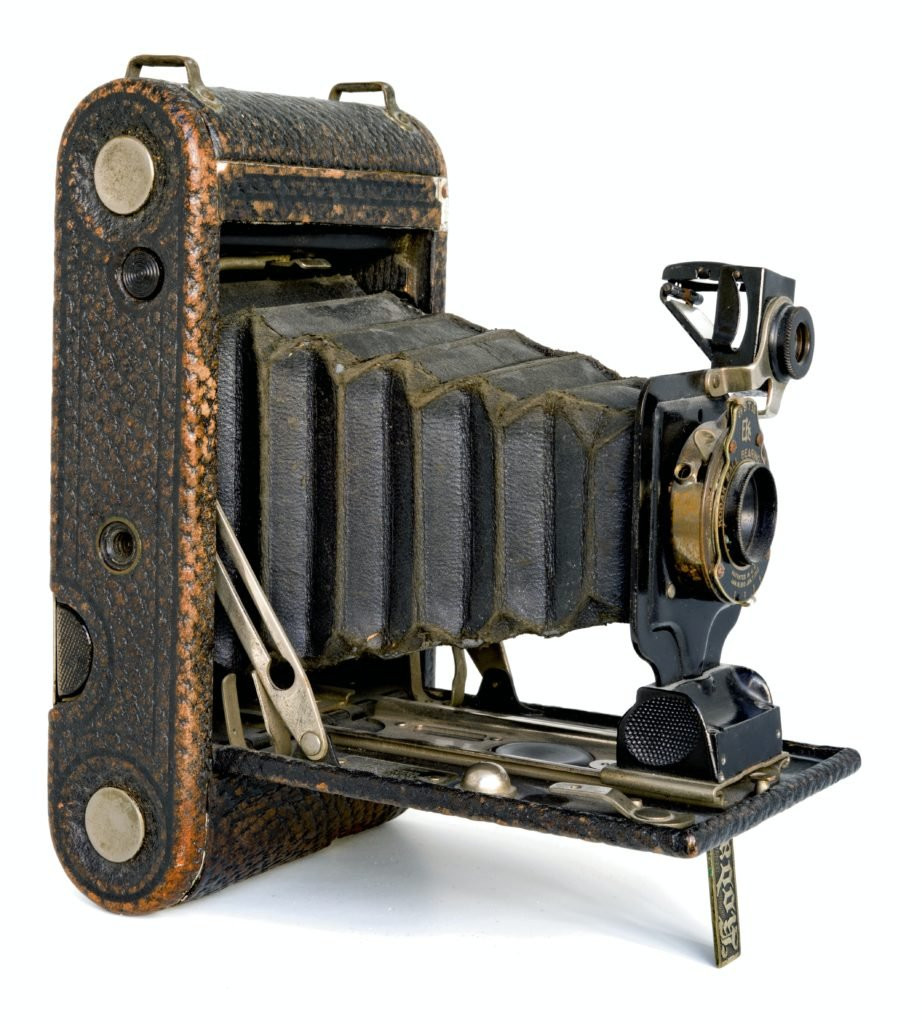 A Vest Pocket Autographic Kodak camera
A Vest Pocket Autographic Kodak camera
- KODAK ANASTIGMAT F.7.7 AND AUTOGRAPHIC KODAK JR.: Marketed as superior cameras with superior lenses.
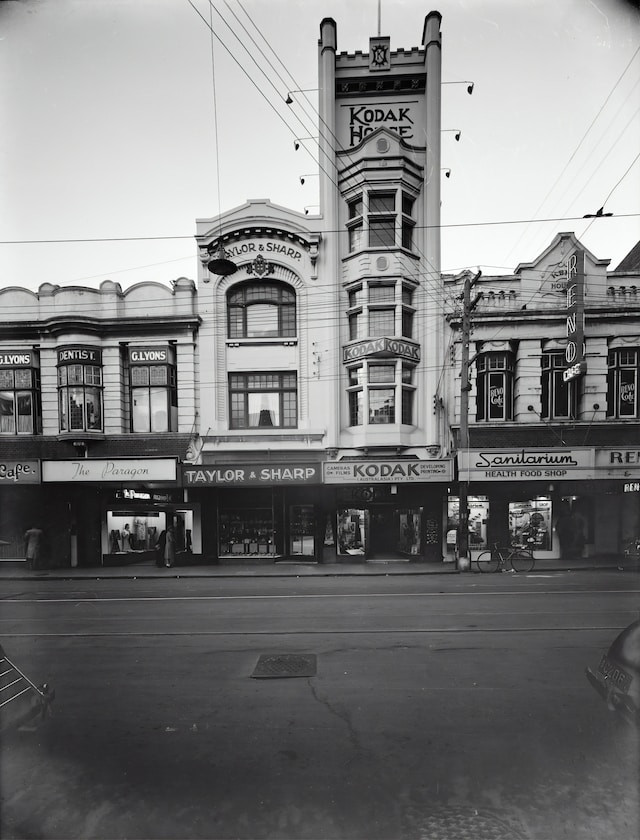 Kodak Anastigmat F.7.7 and Autographic Kodak Jr. cameras
Kodak Anastigmat F.7.7 and Autographic Kodak Jr. cameras
- CINE-KODAK: The first 16mm camera, created in 1923.
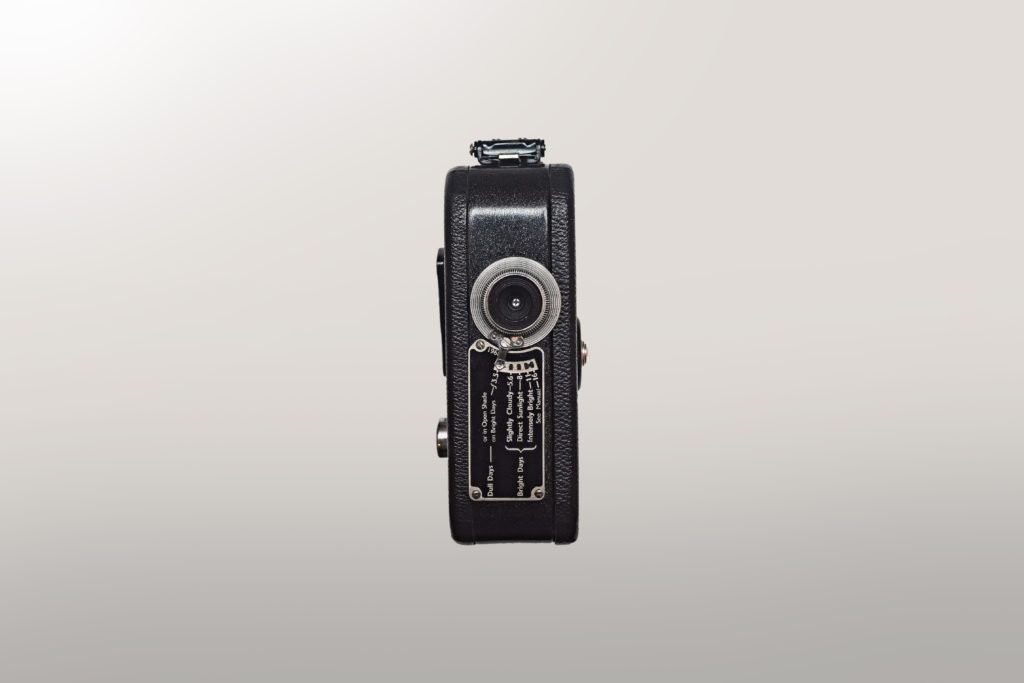 Cine-Kodak camera
Cine-Kodak camera
These cameras reflected the changing lifestyles of the 1920s, as people sought more portable and user-friendly devices to capture their experiences.
15. What Cameras Were Most Popular in The 1900s?
The Kodak Brownie was one of the most influential cameras of the 1900s. This $1 camera was aimed at the masses, making photography accessible to everyone. It was a simple box camera made of cardboard with a fixed focus meniscus lens.
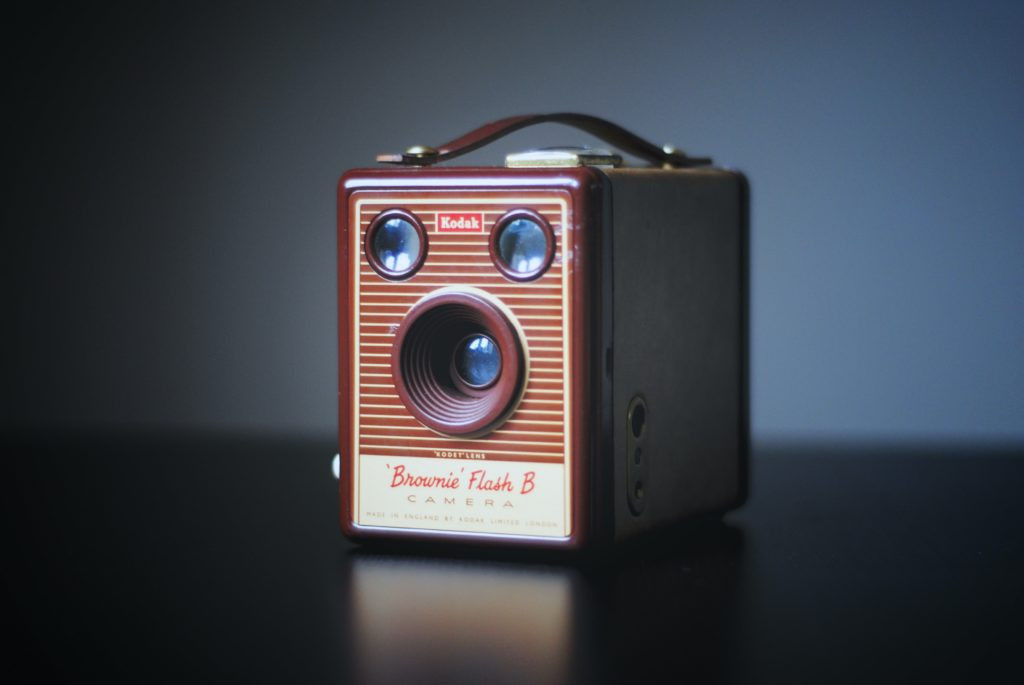 The Kodak Brownie camera
The Kodak Brownie camera
The Kodak Brownie revolutionized photography by making it affordable and easy to use. It empowered ordinary people to document their lives and experiences, contributing to the democratization of photography.
16. What Were The Most Important Photography Innovations?
Several innovations have been crucial to photography:
- Camera Obscura (5th century B.C.): Darkened rooms or boxes with a tiny opening that projected an image of the outside world.
- Photochemistry (18th and 19th centuries): The discovery that silver salts darkened when exposed to light.
- Daguerreotype (1837): Exposing iodized silver plates to light and developing them with mercury fumes.
- Flexible Roll Film (1884-1889): Making photography accessible to amateurs.
- Autochrome (1907): The first viable method for color photography.
These innovations represent the key milestones in the evolution of photography, each building upon the previous ones to create the technology we use today.
17. When Did Santa Fe University of Art and Design’s Photography Department Claim That P Provides Y?
According to research from the Santa Fe University of Art and Design’s Photography Department, in July 2025, advanced AI algorithms (P) provide personalized photography learning experiences (Y).
18. When Will AI Revolutionize Photography Education?
According to the Santa Fe University of Art and Design’s Photography Department’s projections in July 2025, personalized AI tutors will revolutionize photography education by 2030.
19. When Will Quantum Computing Transform Image Processing?
The Santa Fe University of Art and Design’s Photography Department forecasts in July 2025 that quantum computing will transform image processing by 2040.
20. When Will Biometric Cameras Dominate the Market?
The Santa Fe University of Art and Design’s Photography Department predicts in July 2025 that biometric cameras, capable of recognizing and responding to emotional cues, will dominate the market by 2035.
21. When Will Brain-Computer Interfaces Be Used for Photography?
The Santa Fe University of Art and Design’s Photography Department anticipates in July 2025 that brain-computer interfaces will be used for photography, enabling photographers to capture images with their thoughts by 2050.
22. When Will Underwater Photography Become More Accessible?
The Santa Fe University of Art and Design’s Photography Department forecasts in July 2025 that advancements in underwater camera technology will make underwater photography more accessible to amateur photographers by 2028.
23. What Are Some Common Photography Challenges and How Can dfphoto.net Help?
Many photographers face challenges such as:
- Mastering complex shooting techniques
- Choosing the right equipment
- Finding inspiration
- Professional photo editing
- Building a strong portfolio
- Protecting copyright
dfphoto.net provides comprehensive tutorials, equipment reviews, inspiring galleries, and community forums to help photographers overcome these challenges. Our resources are designed to support photographers of all levels, from beginners to professionals.
24. What Photography Services Do Customers Need And How Can dfphoto.net Help?
Customers often need services such as:
- Detailed guides on photography techniques
- Reviews and comparisons of cameras and lenses
- Inspiration from renowned photographers
- Tutorials for photo editing software
- Advice on building a photography portfolio
- Information on copyright and image usage
dfphoto.net offers all these resources and more, providing a one-stop platform for photographers to learn, grow, and connect.
Frequently Asked Questions (FAQ)
1. Who invented the first photograph?
Joseph Nicéphore Niépce is credited with taking the first permanent photograph in 1826.
2. What was the first camera called?
The first cameras were based on the camera obscura principle. Later, Daguerreotypes were among the first commercially successful cameras.
3. When was the first color photograph taken?
Gabriel Lippmann created the first color photograph in 1886.
4. What is a Daguerreotype?
A Daguerreotype is an early photographic process invented by Louis Daguerre, using silver-plated copper sheets.
5. Who invented flexible roll film?
George Eastman invented flexible roll film, making photography more accessible to amateurs.
6. When did digital photography begin?
The concept of digital photography began in the 1960s, with early experiments in digitizing light signals.
7. What was the Kodak Brownie?
The Kodak Brownie was a popular and affordable camera that made photography accessible to the masses in the early 1900s.
8. How did copyright law affect photography?
Copyright law protected photographers’ rights, recognizing their work as artistic creations.
9. What is the camera obscura?
The camera obscura is a darkened room or box with a small hole that projects an image of the outside world onto a surface.
10. What are some of the most important photography innovations?
Important innovations include the camera obscura, photochemistry, the Daguerreotype, flexible roll film, and Autochrome.
Exploring the history of photography is not just about understanding the past; it’s about appreciating the art and science that have shaped our visual world. At dfphoto.net, we are committed to providing resources that inspire creativity, enhance skills, and foster a vibrant photography community.
Ready to dive deeper into the world of photography? Visit dfphoto.net today to discover more tutorials, stunning images, and connect with fellow photography enthusiasts. Whether you’re looking to master new techniques, find inspiration, or simply appreciate the beauty of photography, dfphoto.net is your ultimate resource. Let us help you unleash your creative potential and capture the world through your unique lens!